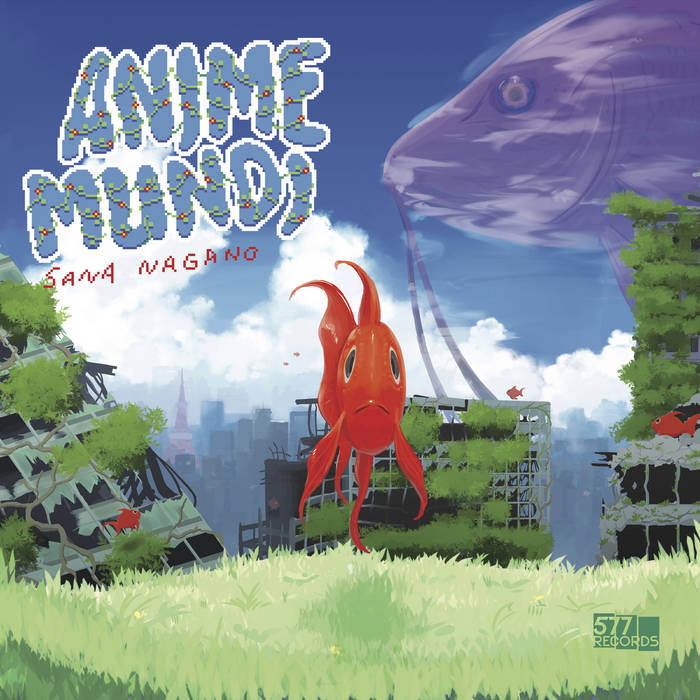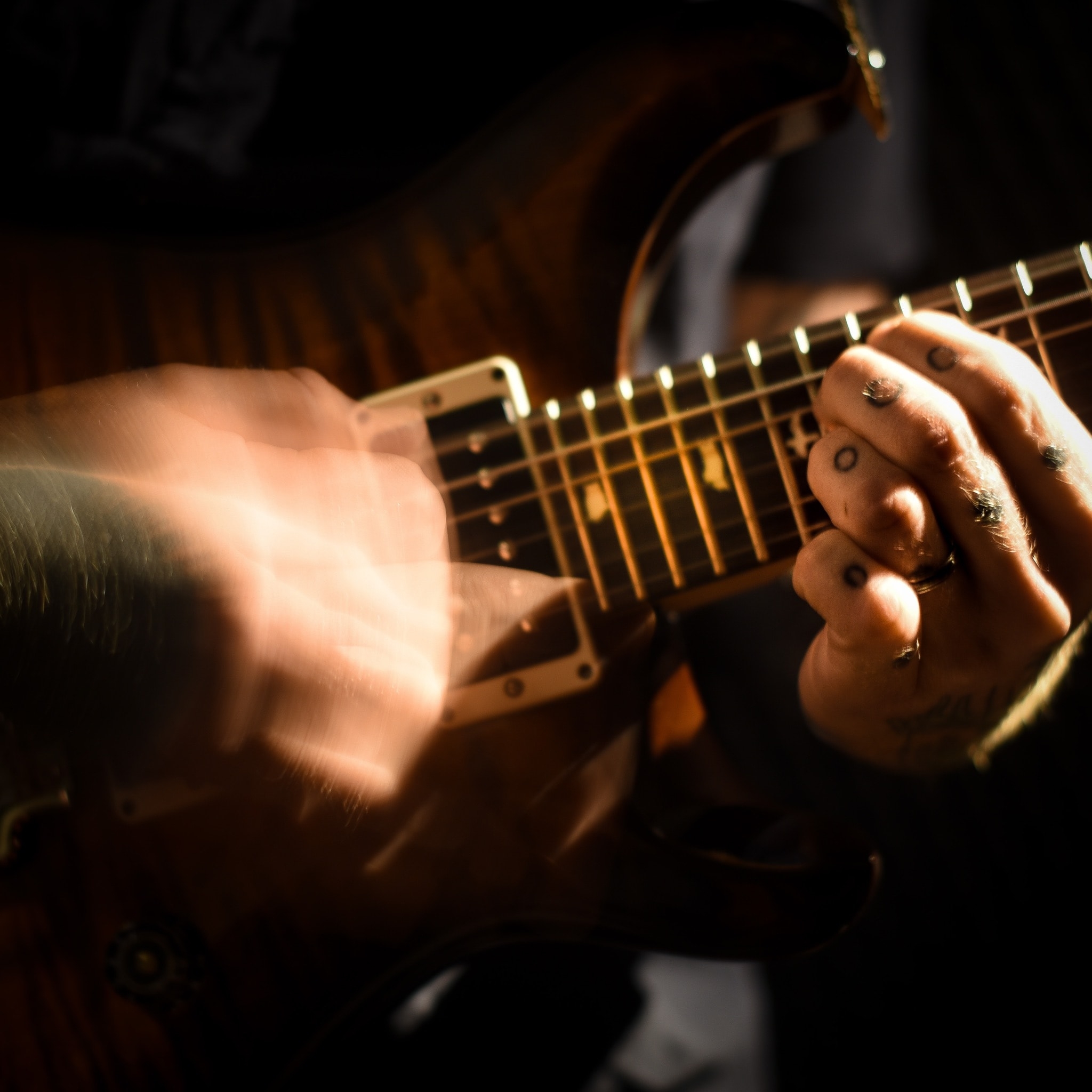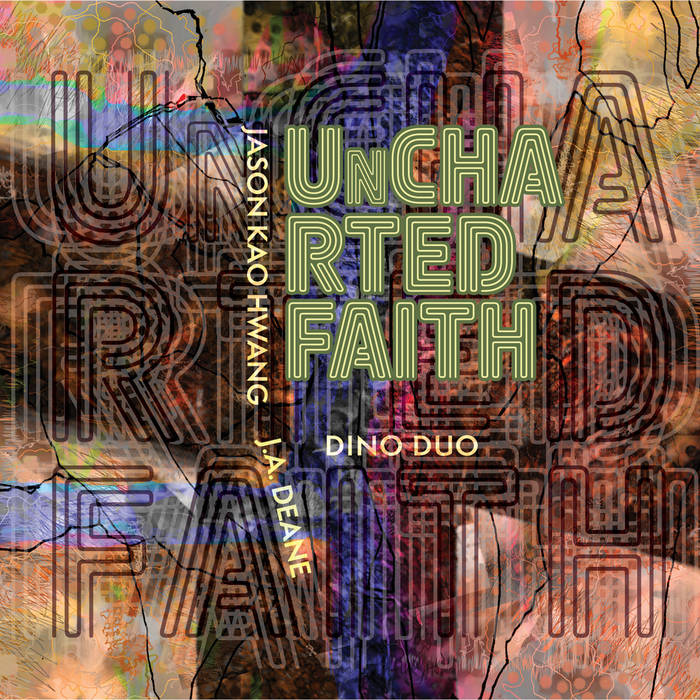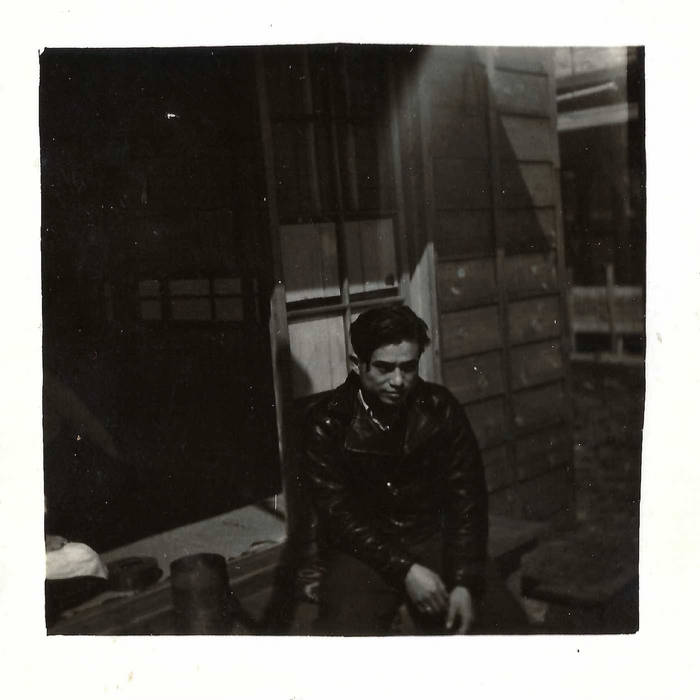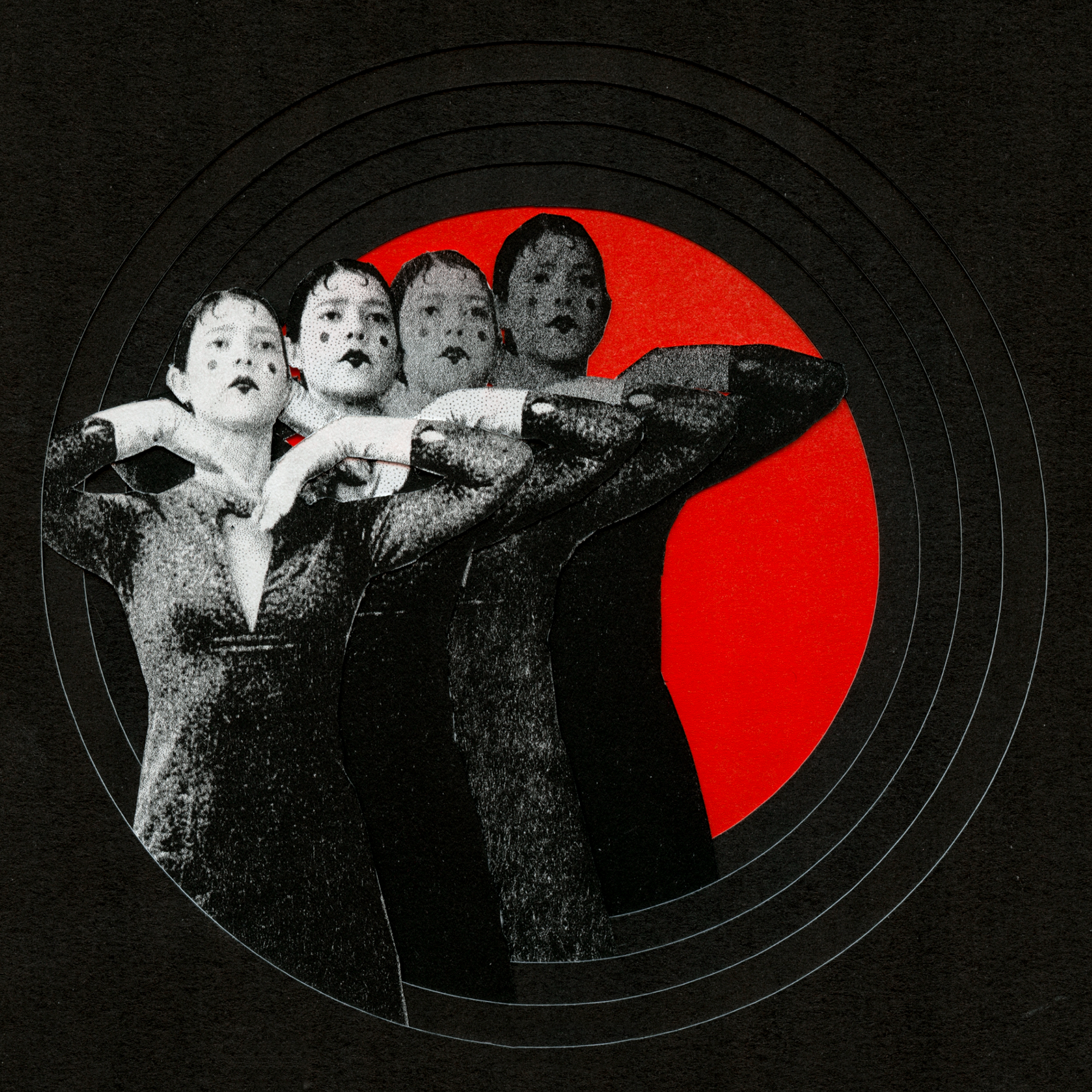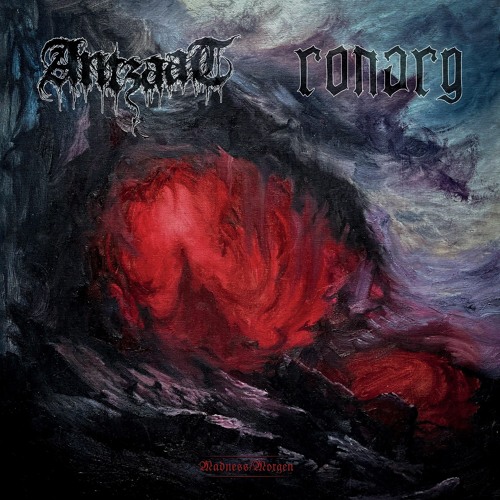If the name Sana Nagano doesn’t trigger a cascade of the bleeps, the sweeps, and the creeps, then check your radar. It’s probably been jammed. While you weren’t looking, the intrepid violinist and composer has gathered under her command a motley fleet of intergalactic invaders drawn from all corners of the musical universe to steadily occupy the open space around you. Go ahead, check your screen again. Can’t you see the situation you’re in? Are you in the now, now? Then, it’s past time you engage.
Not to worry, though. Theirs—despite a warranted reputation for roguery and mischief—is a mission of peace, not conquest. (I had to use some kind of stimulant to wake you up: you should always have coffee when you watch radar. Everybody knows that.) Let’s analyze the signatures, shall we? On the near flank, you’ll find Nagano’s prog-punk-jazz quintet Smashing Humans, whose eponymous debut recording crash-landed with great noise and panache to rank among the most exciting releases of 2021. On the horizon, Nagano’s avant-rock quartet Atomic Pigeons practices one daring maneuver after another in preparation for its first sortie. To this side, Astroturf Noise, a trio specializing in roiling melds of roots music and outre downtown improv, has decloaked twice over. (Their brand-new album Blazing/Freezing is exceptional.) Other strategically dispersed allied collaborators can also be detected, such as violist/violinist Leonor Falcon who plays tomato to Nagano’s peach in an experimental jazz-pop duo, or shapeshifting guitarist Wendy Eisenberg who augments the lineups of several recent live performances. Often called a “noise-jazz” violinist, Nagano consistently defies any pigeonholing such terms may insinuate; she pairs classical technique with FX-laden experimentation to inventively ply style with style, showing equal commitment to exploratory uses of freedom and form. And if that means Nagano continually gives the raspberry to imperious orthodox tastemakers who can’t hang … well then, just deserts.
On her latest recording as leader, Nagano convenes with longtime mentors and Creative Music Studio collaborators Karl Berger and Billy Martin to perform a series of improvised meditations on a world in crisis. The occasion, snatched from the early privations of COVID-19, prompted Nagano to scrap composed plans for coordinated triage and attempt healing amidst ongoing trouble. Putting aside convention for emotional honesty, the music on Anime Mundi discovers a certain beauty through imperfection, a future present in the risk of a moment.
Songs on Anime Mundi do not follow conventional structure and often feel as if they’ve been reconstructed from broken pieces. The trio’s style of interplay leans more toward artful mosaic, occasionally disorienting collage, than linear deployments of hook, bridge, and return. A song may begin on a distended bridge, end on an unresolved chord or suspended beat, and somewhere surprisingly in between find it’s singing, melodic head sprouting from its torso—like a Keith Haring mural. On “Timeless Eyes”, Berger’s and Martin’s tandem glistening piano and sibilant percussion open the album, then scatter as Nagano’s violin somersaults in. She proceeds to tumble through a series of graceful and technically dazzling passes—sometimes unadorned, sometimes with FX for added character and impishness—while her partners chase after, changing shapes and scenery behind her. A little over halfway through Martin settles into a loping breakbeat, allowing Berger to trade emotive chords with Nagano’s weepy melodies and double stops. That same breakbeat is reprised on “Apocalypso”, the album’s centerpiece track, which resumes after a short pause with Nagano’s best nyan cat (aka Sushi) impression and a dominant 7 girandole Berger will continue to develop and embellish. Despite the disassembled pieces and fractured measures from which these songs claim shape, it is striking how well they maintain continuity, even a propulsive joy. For instance, during one passage Nagano scratches out an abrasive staccato triplet pattern, which Berger, further insisting upon, stabs repeatedly into the keyboard until it threatens to break, while Martin staggers beats underneath, weaving the disturbance deeper into the fabric of the song. Letting wild emotions pass communicably between each other, the trio demonstrates how pain and hurt might be transformed through listening and play. All the same, there is a wide-eyed realism to this music allowing neither the denial of grief nor the evasion of responsibility. When the tension reaches its breaking point, Berger and Martin level up to Tyner-Jones mode: minor and suspended chords cascade over tidal rhythms, rolling with all the momentum of fate, giving Nagano leave to unleash her pent-up sorrow in howling sheets of sound. Once the storm has passed, “Planet Kintsugi”, resounding with blue diminishing echoes of Gershwin, insists on asking, what’s next? In a broken world, left bedraggled and bedimmed, can we use what’s to hand to rebuild, can we stay with the pain to find healing?
A narrative dimension to Anime Mundi was realized in collaboration with the leader’s brother, Hiiro Nagano, who illustrated the album. Hinted at in the cover art and further developed on the interior sleeves, the fantastic tale revolves around humans (and other companion animals) being magically transformed into fish (and other aquatic life) so they might learn to restore and protect the earth rather than destroy it. Its dream logic parallels the message of the music: human activity—whether practical or imaginary—requires a counterbalance to offset its destructive potential. “Tears” bounds forth with an upbeat recklessness not elsewhere present on the album before settling into a spacious reflective mood. As if realizing the double cut of the title’s meaning, Berger—on vibraphone now—whacks ascending scalar figures into a frenzied pace, then slides back into a diffusive melancholy reverie as Martin lays out and Nagano offers the most poignant balladry on the record. “Siamese World” and “Zoomies” push magical thinking to the forefront, offering Nagano a chance to stretch out on her FX while giving voice to hybrid animatic creatures that flit about with increasing urgency in hopes they might realize their mission before it’s too late. Meanwhile, Martin seizes opportunities to experiment with his arsenal of percussion, which sounds especially immersive in the recording oscillating between swing and ritual pulse. “The Empty Ocean”, an eerie movement of noise, reverberation, and objectless sonar sent through vast washes of dead space, concludes the album with a sobering reminder. All our dreams and creative imaginings—what do they ultimately matter when we discover we’ve finally destroyed the environment that sustains us, that only could nurture those hopes?
Reflecting upon the recording, Sana Nagano says she hears in it “some kind of dark hell”, but also “some element of kindness… Some kind of beauty”. Not an escapist fantasy or a depressive dirge, Anime Mundi is much too emotionally honest for such banal characterizations and prefers to stay with the trouble. It is an album of unsettling song structures, perilous improvisation, and improbable hope that “going through this … we can heal and make the world better”.

